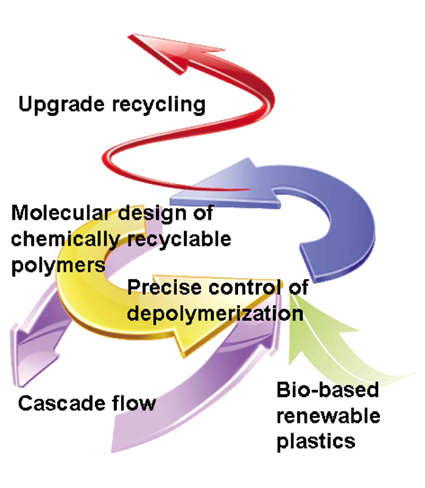Hot Topics
Vol. 60, No. 3, March (2011)
|
An Innovative Liquid Crystal Display Material: Polymer-Stabilized Blue Phase Hirotsugu KIKUCHI Institute for Materials Chemistry and Engineering, Kyushu University |
||
|
|
Three-Dimensional (3D) Imaging Technique and Polymer Hierarchical Morphologies Hiroshi Jinnai1,2 1Department of Macromolecular Science and Engineering, Graduate School of Science and Engineering, Kyoto Institute of Technology 2WPI Advanced Institute for Materials Research (WPI-AIMR), Tohoku University |
||
|
|
Chemical Synthesis of Glycoproteins Having Human Complex Type Oligosaccharides Yasuhiro KAJIHARA Department of Chemistry, Osaka University |
||
|
| Systematic Structural Analyses of Glycoconjugates: NMR and Sugar Library Approaches
Koichi KATO1-4 1National Institutes of Natural Sciences, 2Nagoya City University, 3Ochanomizu University, 4GLYENCE Co., Ltd. |
||
|
|
Multivariate Analysis of 13C NMR Spectra of MMA-TBMA-HEMA Terpolymers Koichi UTE Department of Chemical Science and Technology, The University of Tokushima |
||
|
| New Materials and Technologies for Constructing Polymer Recycling Systems Haruo NISHIDA Eco-Town Collaborative R&D Center, Kyushu Institute of Technology |
||
|





